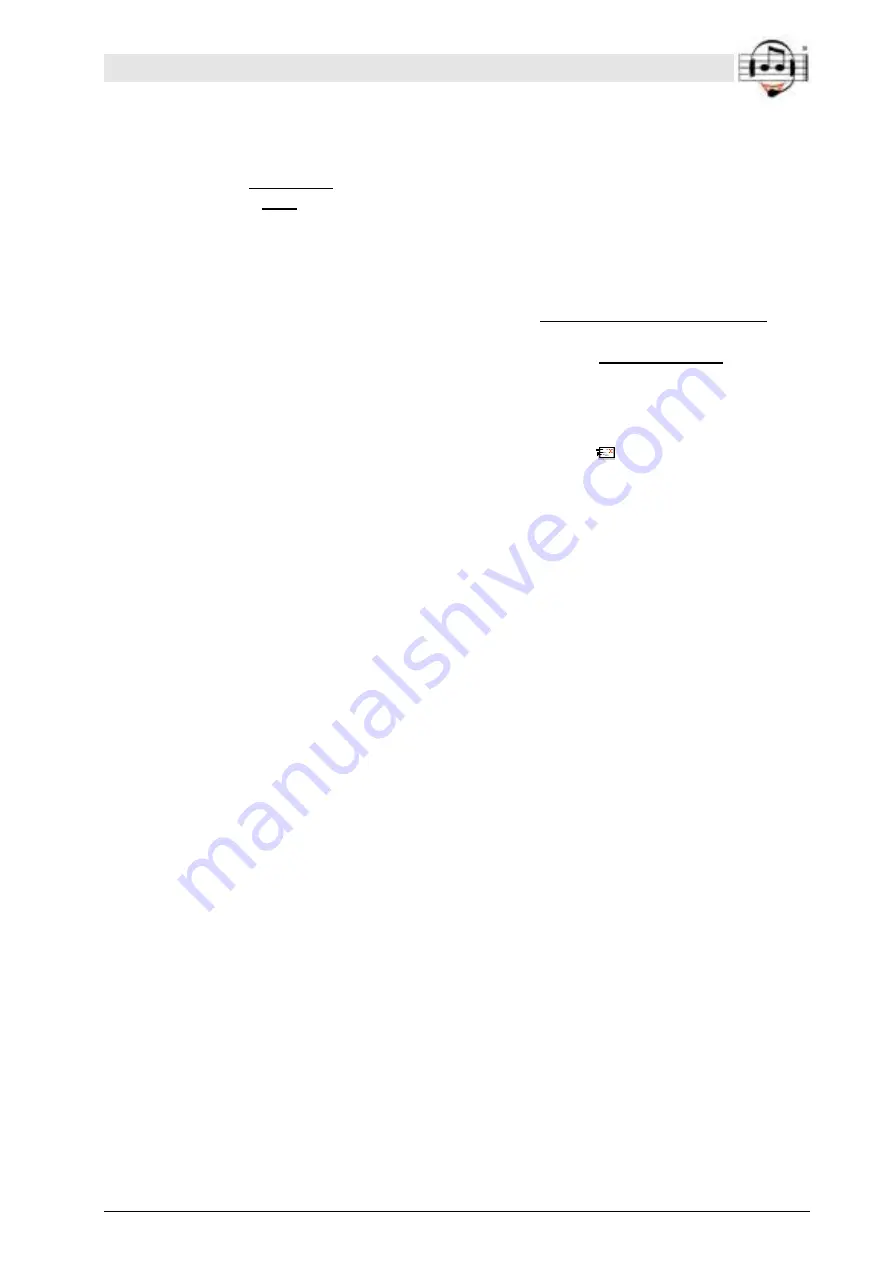
BEYERTONE
®
www.beyertone.com
© VIII-2011 BEYERTONE GmbH
CR-200 / CR-100 USB Ver. 2-3 - Installation and User Guide
48/64
Under ‘Subject’, you are able to format the subject line that you want your CallRe-
corder’s archive function to transfer to your e-mail programme along with the attached
recording. Under ‘Parameter’, select the data fields that you want to use and add these
to the sample line (‘Text’) by clicking the ‘Insert’ button. Data fields are identified by
square brackets. Add to these, if you want, with your own text. An example line for the
output is shown underneath.
If you want to use the name of the caller saved with the recording as the recipient when
it is transferred to your e-mail programme, enable the ‘Use caller name as recipient’
option under ‘Recipient’. You can also make your e-mail programme look for the
recipient e-mail address based on this name by checking the ‘Resolve names’ option.
Once you have configured these presets, then whenever you have a record highlighted
in the archive you can transfer it to your e-mail programme to be mailed, either via the
‘Record / Send to’ menu item or by using the relevant button (
).
Tip:
To avoid any unauthorised listening to the recording by third parties, wherever
possible use the CallRecoder’s encoded recording format for files sent by e-mail.
IMPORTANT:
If you send out encoded .cra files, then the recipient will also need to
have the CallRecorder’s PC software installed in order to be able to access the encoded
file by entering the password via the archive function. However, a CallRecorder unit
does not need to be attached. In this case, set ‘Soundcard’ as the playback device in
the software (see also the start of chapter 6).






























